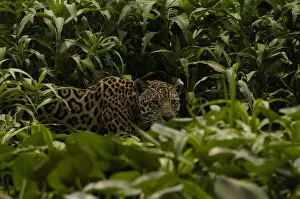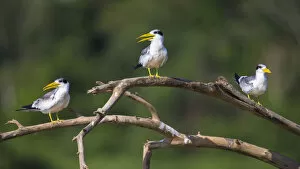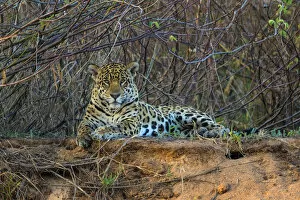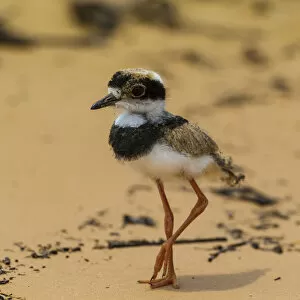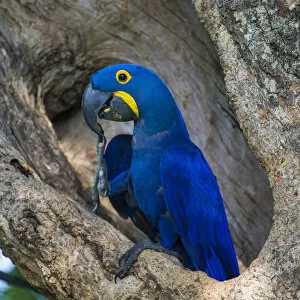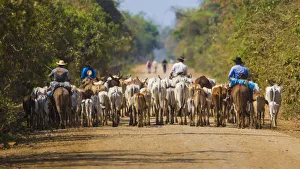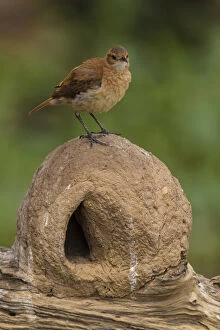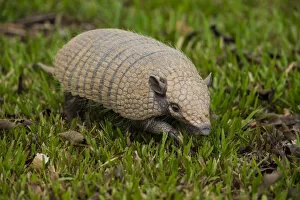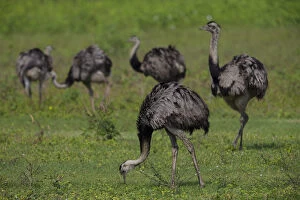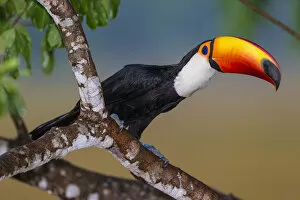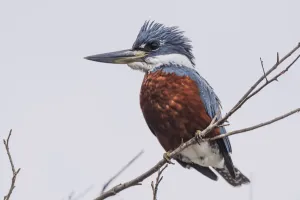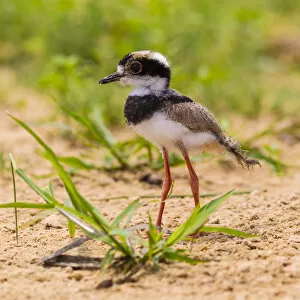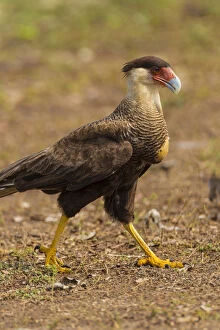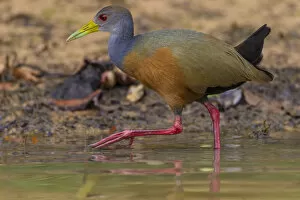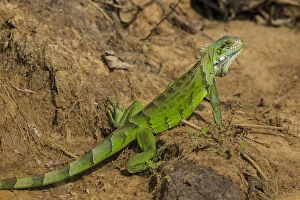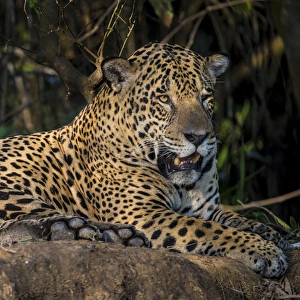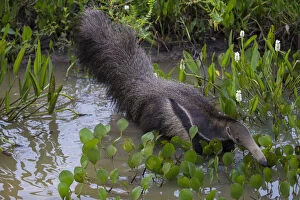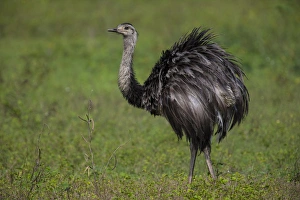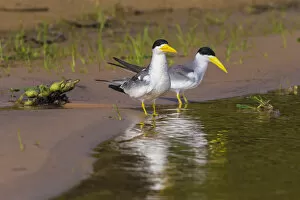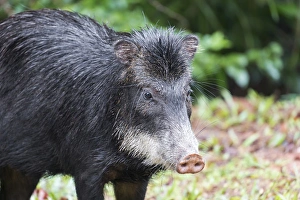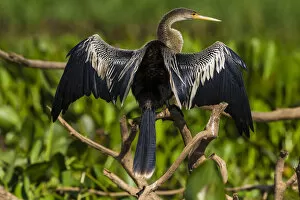Mato Grosso Do Sul Collection (page 2)
Mato Grosso do Sul, located in South America and part of Brazil, is a region filled with natural wonders and cultural richness
All Professionally Made to Order for Quick Shipping
Mato Grosso do Sul, located in South America and part of Brazil, is a region filled with natural wonders and cultural richness. From the vibrant city of Miranda to the indigenous Terena people who call this place home, there is so much to explore. Dive into the crystal-clear waters of Formoso River in Bonito and witness the majestic Green anaconda gracefully gliding underwater, its flicking tongue adding an element of mystery. Alongside it, you might spot the Southern anteater lazily strolling along the riverbank, showcasing its unique features. Snorkelers are treated to a breathtaking sight at Rio Olha d Agua as they swim alongside shoals of Piraputanga fish, their vibrant colors creating a mesmerizing spectacle. For those seeking adventure on land, Abismo Anhumas offers an unforgettable experience as sunlight pierces through its 80-meter deep lake, illuminating its hidden beauty. As you wander through Mato Grosso do Sul's lush forests, keep your eyes peeled for Red-and-green macaws soaring above the canopy. Their colorful feathers create a striking contrast against nature's backdrop. And don't miss out on spotting a Rufous Hornero perched atop its oven-like nest or catching glimpses of Neotropical river otters playfully swimming in rivers. Mato Grosso do Sul truly encapsulates South America's natural diversity and Brazil's rich heritage. Whether you're exploring ancient cultures or immersing yourself in stunning wildlife encounters, this region promises an unforgettable journey into nature's embrace.

